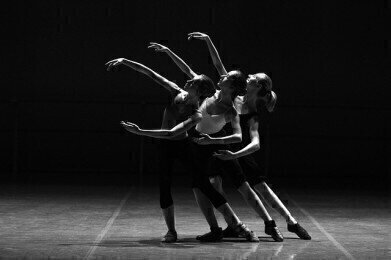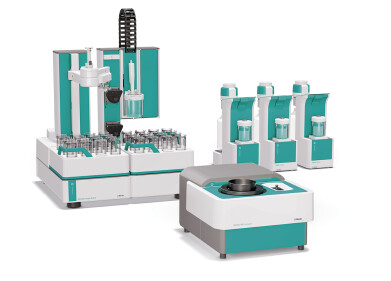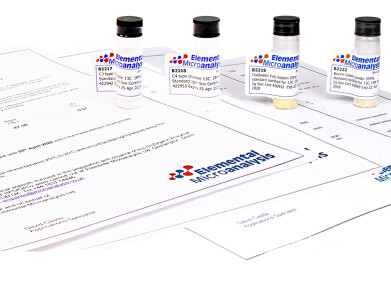Mass Spectrometry & Spectroscopy
Can Dancing Reverse Aging?
Sep 13 2017
It’s no secret that dancing is a whole lot of fun. But now, a new study is suggesting that busting a few moves could help to reverse signs of aging in the brain. Led by scientists from the German Center for Neurodegenerative Diseases, the study maintains that dancing is the most effective form of physical exercise for elderly people wanting to stay sharp.
The findings were published in the journal Frontiers in Human Neuroscience, and while the study group was small the results have sparked excitement across the globe. In total there were 26 participants, with 14 placed in the “dancing” group and 12 in the “fitness” group. The first group had an average age of 67, with the second group averaging out to 69. Over the course of 18 months the dancing group were asked to learn weekly routines inspired by jazz, square, Latin-American and line dancing styles. Meanwhile, the fitness group were put through endurance and flexibility training.
Heightening the hippocampus
Both groups showed an increase in the hippocampus, an important region of the brain that’s related to diseases like Alzheimer’s. However, the dancing group went one step further and managed to show a significant improvement in balance.
"We tried to provide our seniors in the dance group with constantly changing dance routines of different genres,” explains Dr Kathrin Rehfeld, the German scientist who led the study. “Steps, arm-patterns, formations, speed and rhythms were changed every second week to keep them in a constant learning process. The most challenging aspect for them was to recall the routines under the pressure of time and without any cues from the instructor."
For Rehfeld, the results are proof that dancing could be a powerful new tool used to overcome the physical and cognitive challenges that go hand in hand with ageing. So, if there was ever an excuse to throw on the dancing shoes and hit the floor, this is definitely it.
Introducing “jymmin”
She also wants to use the research to trial new fitness programs designed to ward off age-related decline in the brain. Aptly nicknamed “jymmin” in a nod to its jamming and gymnastics elements, the sophisticated sensor-based system generates sounds based on physical activity.
From neuroscience to toxicology, Germany is at the forefront of modern medicine. For a closer look at the latest developments, ‘Pushing the Limits of Speed and Sensitivity in Drug Screening – an LC-MS solution’ spotlights a ground-breaking toxicology case study from Dr Michael Böttcher’s Laboratory at the MVZ Laboratory based in Dessau, Germany.
Digital Edition
Lab Asia 31.2 April 2024
April 2024
In This Edition Chromatography Articles - Approaches to troubleshooting an SPE method for the analysis of oligonucleotides (pt i) - High-precision liquid flow processes demand full fluidic c...
View all digital editions
Events
Apr 22 2024 Marrakech, Morroco
Making Pharmaceuticals Exhibition & Conference
Apr 23 2024 Coventry, UK
Apr 23 2024 Kintex, South Korea
Apr 23 2024 Seoul, South Korea
Apr 24 2024 Jakarta, Indonesia













.jpg)




